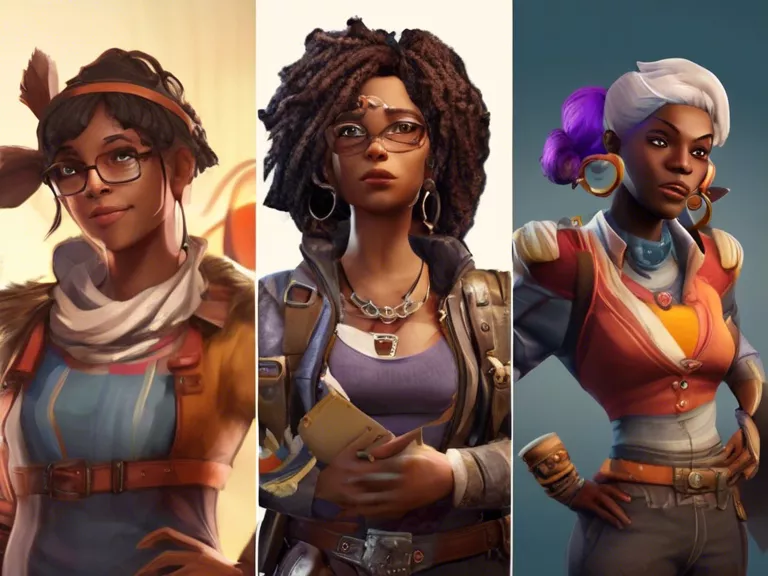
How to design characters that resonate with diverse audiences in games
When it comes to creating characters for games, it's important to consider diversity in order to appeal to a wide range of players. By following a few key strategies, game designers can ensure that their characters resonate with diverse audiences and make the gaming experience more inclusive for everyone.
One key aspect of designing diverse characters is to avoid stereotypes and clichés. Characters should be developed with complexity and depth, rather than relying on tired tropes that can alienate certain groups of players. By taking the time to research and understand different cultures, backgrounds, and perspectives, designers can create characters that feel authentic and relatable to a broad audience.
Another important consideration is representation. Game characters should reflect the diversity of the real world, including different races, ethnicities, genders, sexual orientations, and abilities. By including a variety of identities in game characters, designers can help players see themselves reflected in the virtual world and feel validated and included.
In addition, it's crucial to listen to feedback from diverse players and communities. By engaging with a diverse range of voices, designers can gain valuable insights and perspectives that can help them create more inclusive and resonant characters. This feedback can also help designers avoid unintentional biases or harmful stereotypes that may have gone unnoticed.
Ultimately, designing characters that resonate with diverse audiences requires a thoughtful and intentional approach. By prioritizing authenticity, representation, and inclusivity, game designers can create characters that have a lasting impact on players of all backgrounds.



